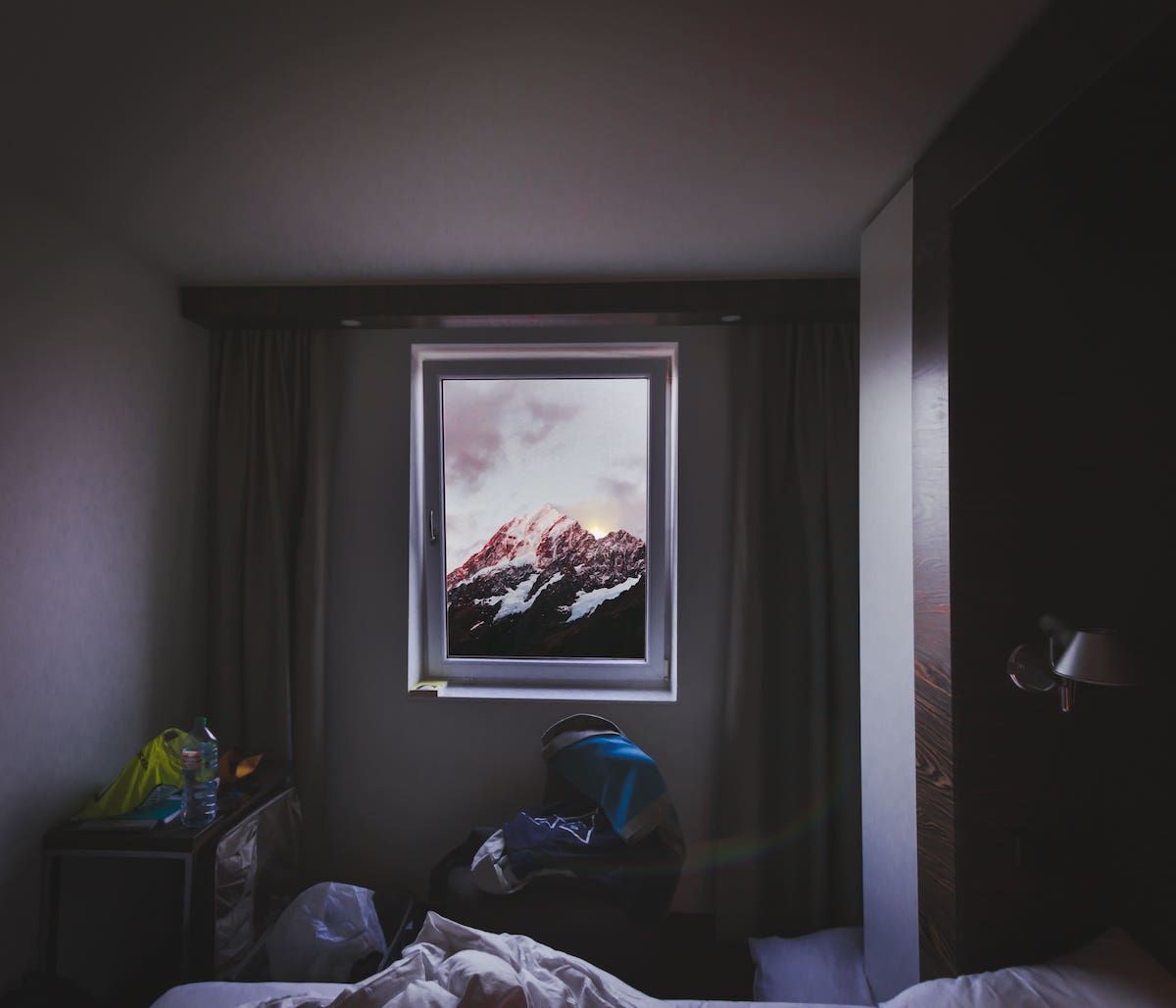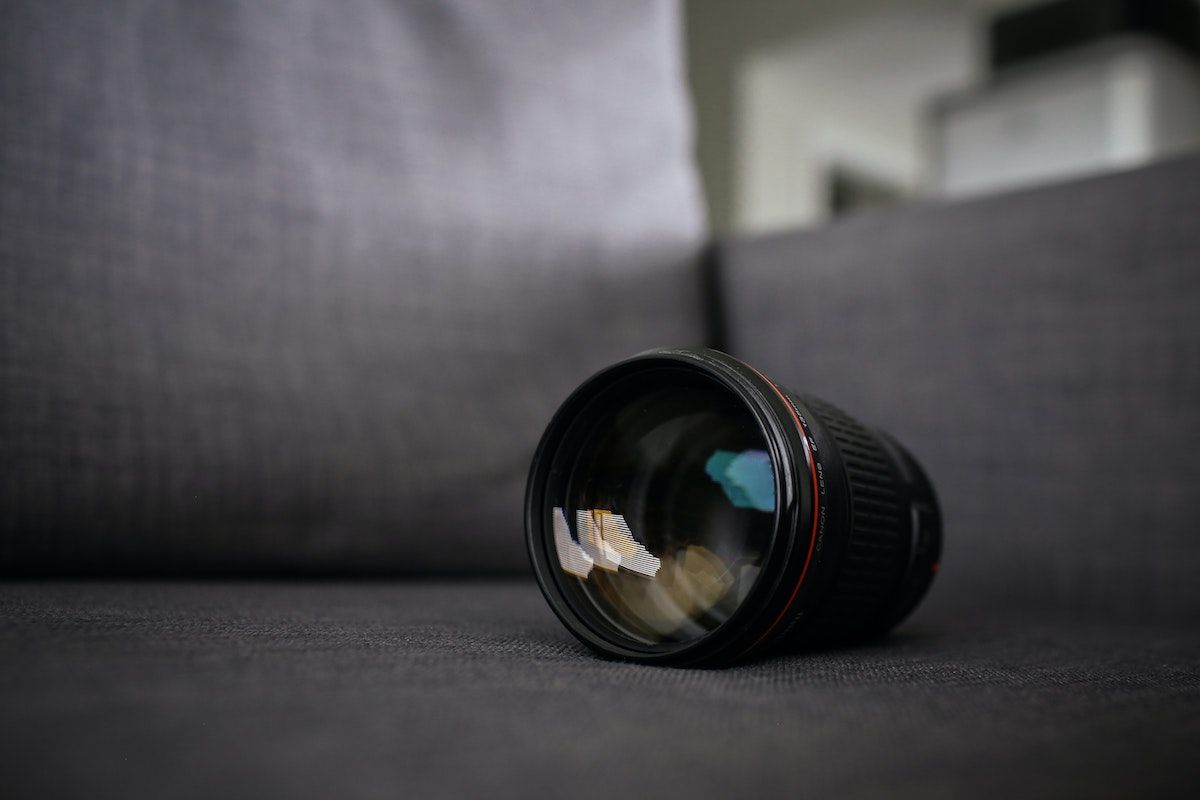Lens Distortion Explained – the Different Types & How to Correct It
Hire film gear from local filmmakers.

Hire film gear from local filmmakers.
Have you ever wondered why what you capture never looks like it does in real life?
Well, you've got lens distortion to blame for that, or should I say thank?
Depending on how you see it, lens distortion can be either a blessing or a curse.
Most people do try to minimize it as much as possible, though. If you're one of them, you should read this article to learn about lens distortion and how to get rid of it!
If you want to learn more about photography in general, you can read our article on the basics of photography.

What is lens distortion in photography?
Lens distortion is the distortion that exists on every single lens ever created.
Lens distortion is when your lens causes distortion that makes your images look different from the real world.
Lens distortion can be recognized when a lens creates curved lines instead of straight lines distorting the image.
When people talk about lens distortion, they usually talk about: Barrel-, Pincushion-, Mustache- or Perspective distortion.
Barrel distortion
Barrel distortion is an optical distortion that happens when the straight lines of an image are curved inwards. It is named because the lines take the shape of a barrel.
The middle lines appear normal, but the further away from the center, the more the lines curve.
Barrel distortion is an optical aberration seen on wide-angle lenses. This is because the field of view is wider than the actual image sensor, causing the picture to appear to be squeezed to fit the frame.
Some lenses compensate for this distortion, meaning they become heavier and larger than other lenses.
Barrel distortion is not necessarily a bad thing. Some photographers and videographers use it for creative purposes. The best example of this is with fisheye lenses, which is an ultra-wide-angle lenses.
Fisheye lenses are either circular or full-frame. They're commonly used in skating photography and videography.
The lenses distort the image, making it possible to get up close to the subject while retaining the context around the subject.
The circular type of fisheye lens creates a sphere-like image, making it perfect for taking pictures of circular constructions.

Pincushion distortion
Pincushion distortion is an optical aberration that can be described as the exact opposite of barrel distortion.
Pincushion distortion causes straight lines to curve outwards from the center instead of inwards. This usually occurs on telephoto lenses, where magnification happens closest to the frame's edges.
In pincushion distortion, the field of view is smaller than the image sensor, meaning the image is stretched to fit the frame. That's what causes the lines to curve outwards.
Pincushion distortion is sometimes used as an advantage in portrait photography. Portrait photographers can use a slight pincushion distortion to create a flattering effect that suits the subject.
Mustache distortion
Mustache distortion is an optical aberration that is a mixture of pincushion- and barrel distortion. In mustache distortion, the straight lines curve inwards in the center of the frame but outwards in the extreme corners of the frame.
Mustache distortion is seen as a very complicated distortion to deal with, because of its complex pattern.
Mustache distortion is usually not fixed easily in post-production software. A lot of older lenses suffer from this, while some modern does as well.
If you're not a fan of distortion in your pictures, you should research whether or not a lens has mustache distortion before acquiring it. Because it will be hard to deal with.

Perspective distortion
Perspective distortion is technically not something that happens in the lens but rather an issue with the distance between the lens and the subject.
When talking about perspective distortion, you typically talk about two types: Extension distortion and Compression distortion.
1. Extension distortion
Extension distortion happens when the objects close to the lens come off as extremely large or far apart from each other. It is also known as wide-angle distortion.
As the name suggests, it is more common with wide-angle lenses, but it is also possible to occur in other types of lenses.
A way to avoid this type of distortion is to adjust your distance to the subject and your viewing angle.
2. Compression distortion
Compression distortion is the exact opposite of extension distortion. Instead of looking far apart or exceptionally big, objects look close together or exceptionally small.
While telephoto lenses tend to have compression distortion more often than other lenses, they can still occur with any type of lens.
As with the extension distortion, a way to avoid this type of distortion is to adjust your distance to the subject and your viewing angle.
How to correct lens distortion in photoshop
- Open your picture in photoshop
- Go to Filter > Lens Correction
- Click on Geometric Distortion
- (Alternatively) click on auto-correction.
- Find the setting that fits you the best.

Learn more. Become a better photographer
I hope this article helped you understand lens distortion and how it can affect your pictures.
If you want to learn more about the technicalities of taking pictures, you can read our article on photography. Here you'll learn everything you need to know about photography!
What is lens distortion?
Lens distortion can be recognized when a lens creates curved lines instead of straight lines distorting the image.
How to correct lens distortion?
1. Open your picture in photoshop
2. Go to Filter > Lens Correction
3. Click on Geometric Distortion
4.
(Alternatively) click on auto-correction.
5. Find the setting that fits you the best.
What are the types of lens distortion?
Barrel-, Pincushion- and Mustache distortion.
What causes lens distortion?
It is caused by the relative size of the image sensor to the field of view.






















